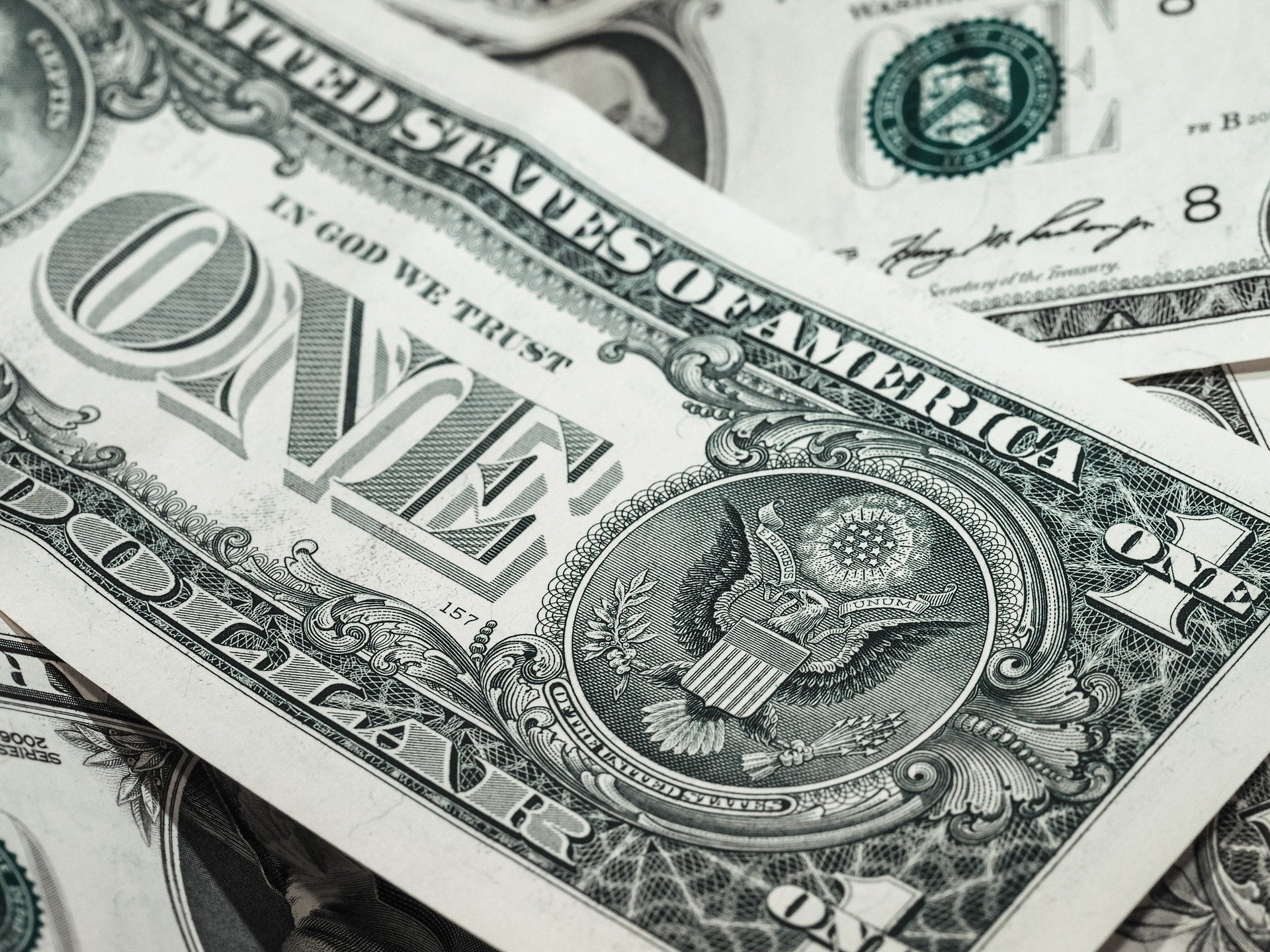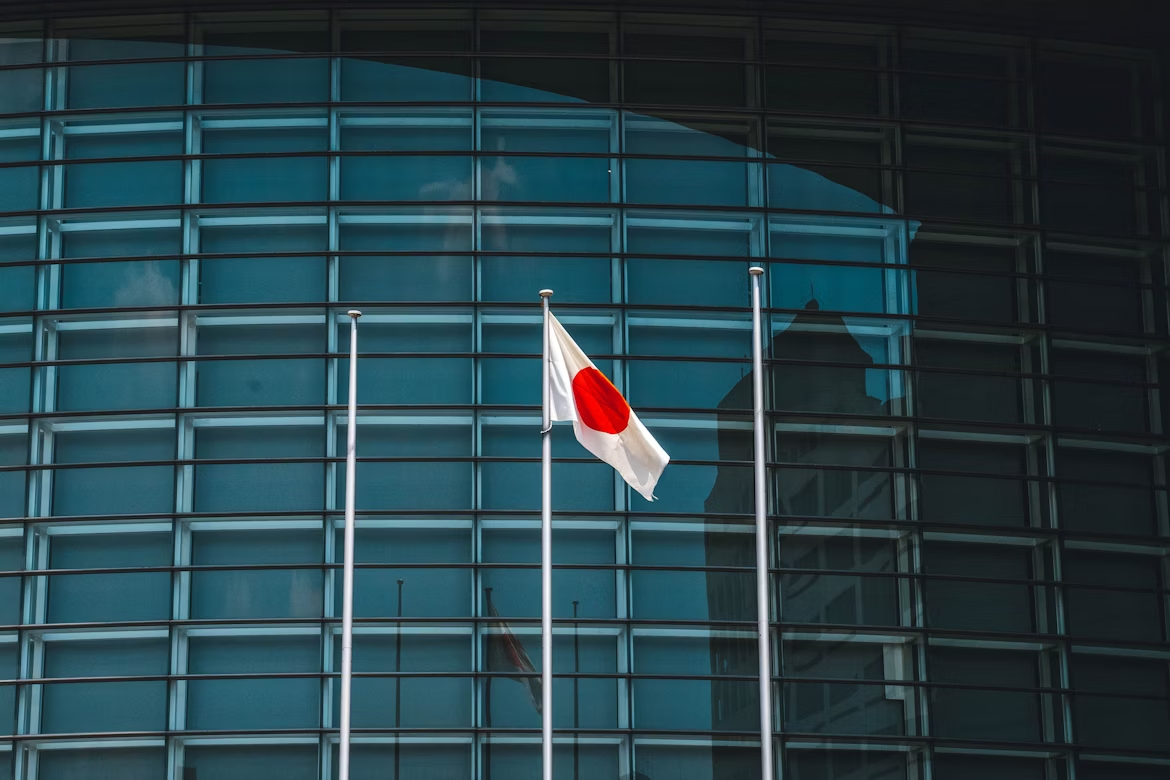DAILY MARKET REPORT 14 APRIL
EQUITIES
Shares in Asia-Pacific mostly higher in Wednesday trade. The Nikkei 225 and Singapore’s Straits Times index bucked the overall trend by slipping lower to lose -0.46% and -0.30%, respectively.
In South Korea, the KOSPI advanced 0.18%, the India’s S&P BSE Sensex climbed 1.38%, and the Australia’s S&P/ASX 200 added 0.53%. Mainland Chinese stocks edged higher as the Shanghai composite gained 0.15% while the Hong Kong’s Hang Seng index rose 1.24%.
The S&P 500 closed at another record high on Tuesday and the Nasdaq composite index jumped. The S&P 500 gained 0.33%, at 4,141.59, Nasdaq Composite added 1.05%, at 13,996.10, and the Dow Jones Industrial Average fell 0.2%, to 33,677.27.
OIL
Oil prices rose, adding to overnight gains, after industry data showed U.S. oil inventories declined more than expected and OPEC raised its outlook for oil demand. The international benchmark Brent crude futures traded at $64.11 per barrel, and U.S. crude futures traded at $60.60 per barrel.
Overnight, the Brent closed at $63.67 while WTI ended at $60.18 per barrel.
CURRENCIES
The benchmark U.S. Treasury yields continued their decline, marking a fresh three-week low, dragging along the dollar. The U.S. dollar index, which tracks the greenback against a basket of its peers, was at 91.75 after earlier slipping from above 92.
A well-telegraphed beat in the U.S. inflation data for March 2021 failed to move the Federal Reserve's policy normalisation dial.
In cryptocurrencies, bitcoin hit a record high of $63,825.56 ahead of the listing of cryptocurrency platform Coinbase on Nasdaq later in the day.
GOLD
The spot gold declined to trade at $1,743.40 an ounce and shed to $1,743.8.00 per ounce for gold futures. Previously closed at $1,745.80 and $1,747.60, respectively.
ECONOMIC OUTLOOK
Stocks in Asia-Pacific were mixed in Wednesday trade as investors weighed an ease in bond yields against a setback on the COVID-19 vaccination front and strong U.S. inflation that sparked worries of a delayed broader economic recovery.
The U.S. FDA on Tuesday asked states to temporarily halt using Johnson and Johnson’s COVID-19 vaccine after six people stateside developed a rare blood-clotting disorder.
Data released by the U.S. Labour Department showed that March 2021's consumer price index rose 0.6% from the previous month and 2.6% from a year ago.
Q1 earnings season begins, with Goldman Sachs, JPMorgan and Wells Fargo reporting. Analysts expect earnings for S&P 500 companies to have jumped 25% from a year earlier, driven by strength in consumer discretionary and financial companies, according to Refinitiv IBES data.
OPEC tweaked up its forecast for world oil demand growth this year, now expecting demand to rise by 5.95 million bpd in 2021, up by 70,000 bpd from its forecast last month.
API figures showed crude stocks fell by 3.6 million barrels in the week ended April 9, compared with estimates for a decline of about 2.9 million barrels.
To date, number of confirmed worldwide cases for COVID-19 pandemic has surpassed 137.25 million, recording more than 2.95 million fatality globally.
TECHNICAL OUTLOOK
[USDJPY]
Important Levels to Watch for Today:
- Resistance line of 109.730 and 110.072.
- Support line of 108.625 and 108.284.
Commentary/ Reason:
The dollar ticked down 0.15% to 108.897 yen, touching its lowest level in 3 weeks, down about 2 percent from a 1-year peak hit at the end of last month.
An uptick in a U.S. consumer price gauge did not spark wider fears about accelerating inflation and the Federal Reserve’s tapering, pushing down U.S. bond yields. And a declining yield consequently dragged the dollar.
A hawkish comment from BOJ Governor Kuroda to the Japanese parliament on Tuesday supported the yen. Kuroda said that market sentiment is improving on the back of expectations for a global economic recovery and that he sees no need now for the BOJ to buy bonds issued by Japan’s regional governments.
However, the yen advance was hampered as Japan’s core machinery orders unexpectedly fell the most in about a year in February, government data showed earlier today, stokes recovery fears. Arising coronavirus cases also raised doubts about an economic reopening with 100 days to go until Tokyo is scheduled to host the Olympics.















